The cantaora (flamenco singer) Carmen Linares, winner of the 2022 Princess of Asturias Award for the Arts, opens the Jazz Voyeur Festival at the Trui Teatre on 4 November. More than four decades of artistic career endorse one of the great figures of national flamenco. Before her concert, in which María del Mar Bonet will take part, she answers Mallorca Caprice’s questions.
– You are reference for new flamenco artists, what were yours?
– I learnt a lot in the Madrid tablaos of Torrres Bermejas and Café de Chinitas singing for the dancers in the seventies. In those years I met great cantaores like Juan Varea, Fosforito, Pepe Matrona and in the eighties I coincided with an extraordinary line-up of young artists of my generation like Camarón, Paco de Lucía, Enrique Morente and Manolo Sanlúcar, from whom I also learnt a lot.
– How do you perceive the public’s response in the big cities where you have performed, such as New York, London and Paris?
– I have performed all over the world and I have always felt great admiration and respect for flamenco because it is one of the best forms of music there is. A few years ago I remember that I was especially moved at Carnegie Hall in New York because it was completely full and we had to do three encores. It was a magical night.
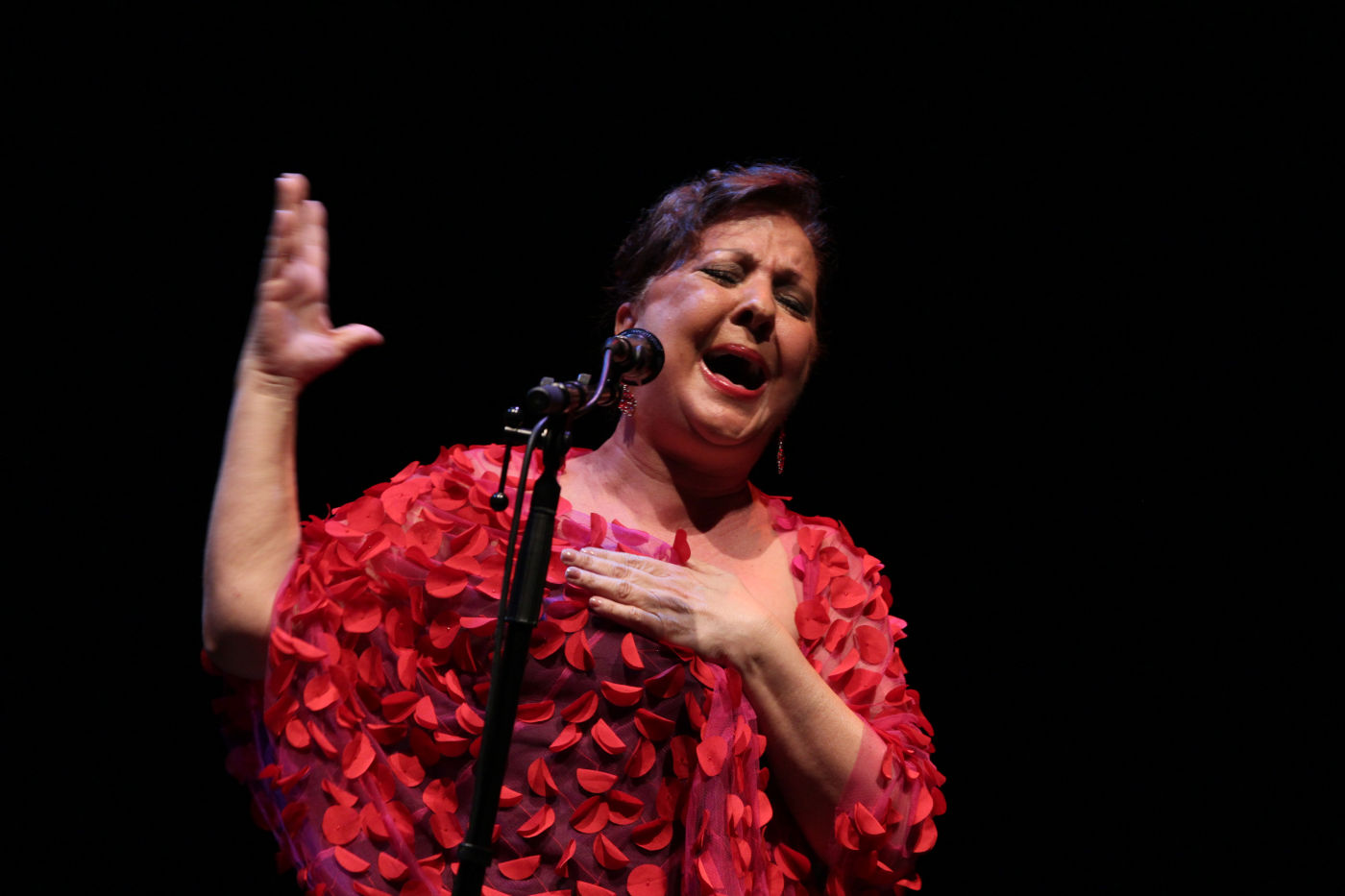
Photos: Jazz Voyeur Festival Mallorca.
– The 2022 Princess of Asturias Award for the Arts, which you share with María Pagés, praises how you have managed to adapt the essence of flamenco to the contemporary world. How do you see the evolution of flamenco in recent decades from your perspective?
– Flamenco is a living art that evolves over time. I think that to evolve in flamenco, as in any art form, you have to have a deep knowledge of that art form because that way the fusion will be more authentic and won’t be lost.
– Rosalía has been criticised for daring to fuse flamenco with the latest urban sounds. What do you think of these new musical trends?
– Well, I think Rosalía is a young artist who does what she feels and I think that’s fantastic. She has chosen her own path, which is far from being a cantaora and we have to respect that. I value the young people that she has attracted to flamenco, that’s the positive thing.
– The acceptance and recognition of flamenco goes by zones in Spain. There are areas that are very flamenco and others where it doesn’t work so well. Do you think it can penetrate more in our country? Besides, Spain is more flamenco from the outside than from the inside. What’s more, in almost all tourist souvenirs there is a flamenco figure…
– Well, flamenco was born in Andalusia and in my youth it was consolidated in big cities like Madrid and Barcelona, where there are Andalusian emigrants. I can assure you that in my forty years of career I have performed all over Spain and I have always been shown a lot of affection and respect, and abroad flamenco is also treated as an art form with capital letters.
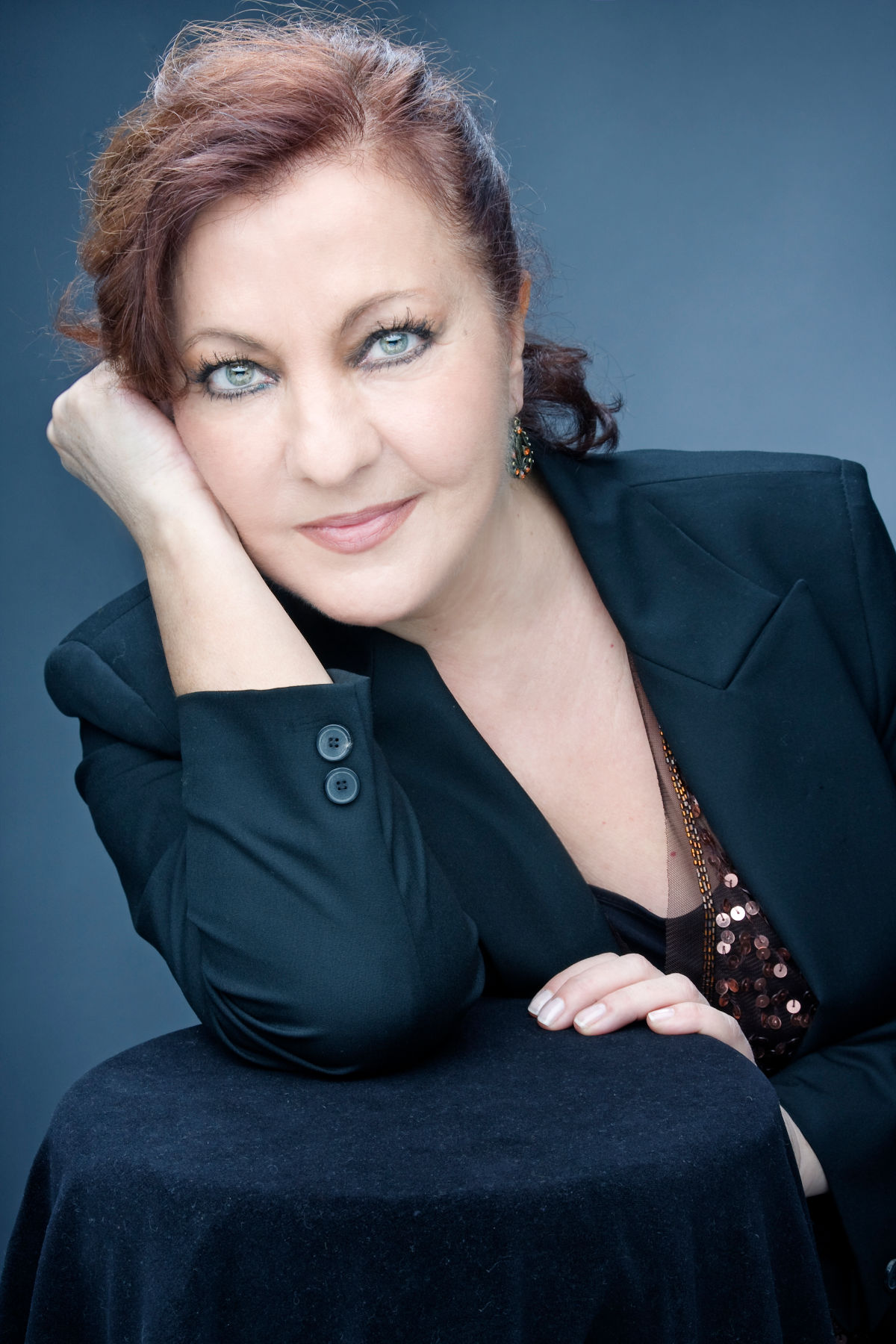
– Do you have a relationship with Mallorca or is there something that links you to this island? Have you visited it before?
– Mallorca is a very special place where I have come several times to sing. I remember Lorca’s Canciones Populares in Bellver Castle, in Valldemossa or El Amor Brujo in the Auditorium. They have always welcomed me with open arms. Moreover, I am lucky enough to share the stage in this concert with a much-admired artist, María del Mar Bonet, whose singing encapsulates the essence of the Mediterranean and the islands.
– What can the audience of the Jazz Voyeur Festival expect from your performance?
– I’m going to perform a flamenco music show with my best known repertoire. It’s a journey through Andalusia with popular lyrics and lyrics by poets like Lorca and Miguel Hernández. I will be accompanied by two guitars (Salvador Gutiérrez and Eduardo Espín Pacheco), my ‘palmeras’ de Triana (Ana González and Rosario Amador) and the dancing of Vanessa Aibar, who will do a ‘seguiriya’ and ‘alegrías’ with a ‘bata de cola’. Also, with María del Mar Bonet on two tracks. I think it’s going to be a unique and very special concert.

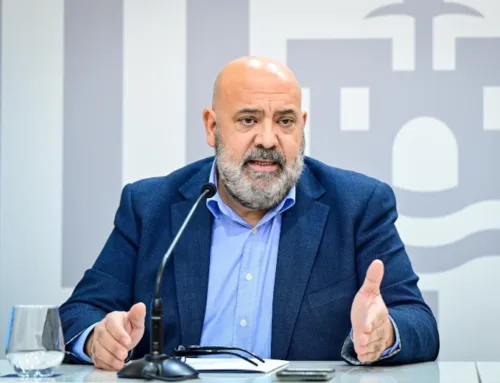
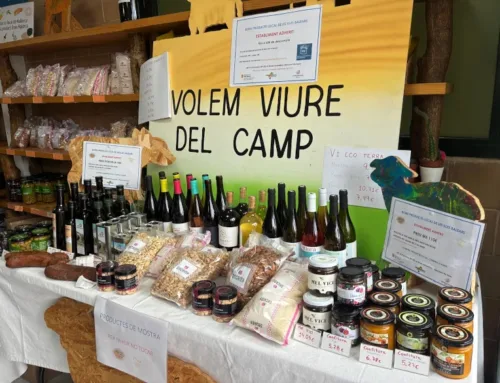


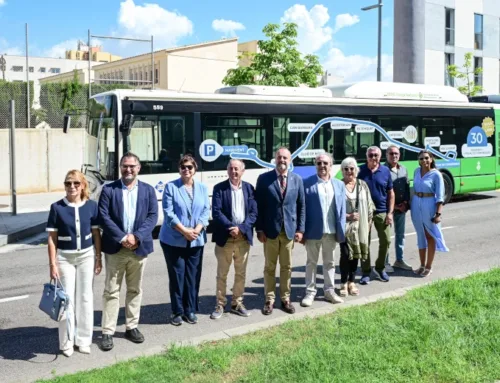

Leave A Comment